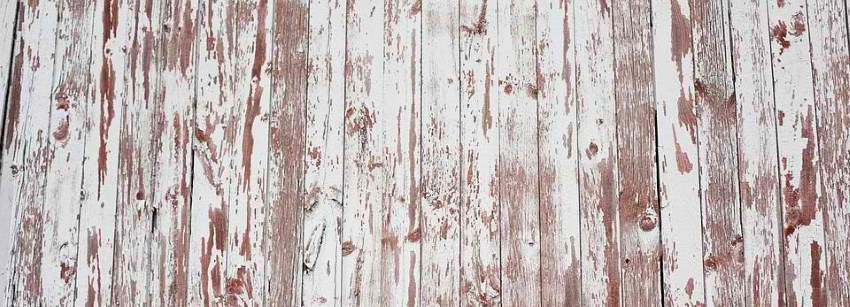Can You Burn Painted Wood? Facts & Types
-
Greg Iacono
- Last updated:
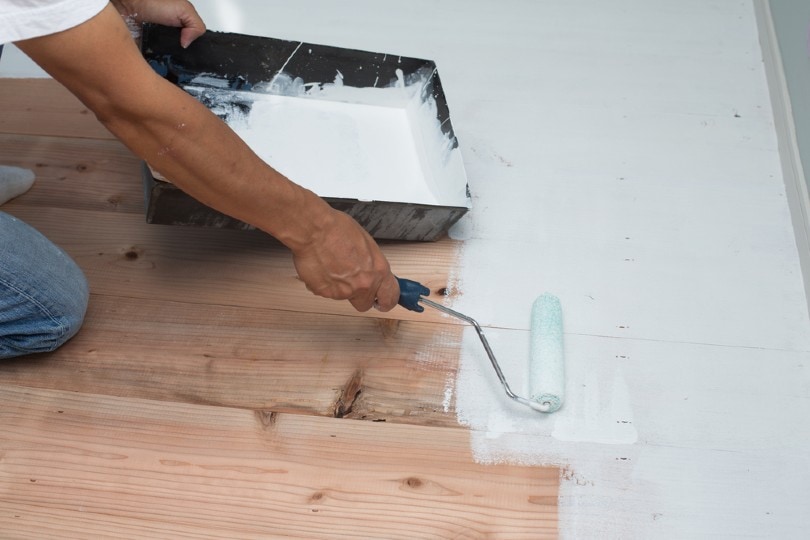
As summer turns to fall and the leaves pile up, many towns across the United States start allowing their citizens to burn some of their trash. Some do it to get rid of wood and other flammable items since many trash companies these days have limits on what they’ll take for you.
Whatever the reason you burn stuff at home, burning the right material is essential. For example, burning plastic is hazardous, as is most construction waste and trash from inside your home. But what about painted wood? Many homeowners want to know if you can burn painted wood and, more importantly if it is safe to do so.
The answer is that, in most cases, you should not burn painted wood since it is unsafe. There are several reasons why including that someone might have painted the wood using lead-based paint. Also, depending on the paint, you might be overcome with toxic fumes when you burn it. For those reasons, experts recommend that you should never burn painted wood but dispose of it in another way.
Can you Burn Painted Wood in the Fireplace or Wood Stove?
Just as burning painted wood outdoors can cause toxic fumes, it can do the same indoors. The smoke is typically sucked up the fireplace flue and out the chimney, but those noxious fumes can affect your neighbors. Also, the chemicals in painted wood can damage the inside of your fireplace or wood stove because they contain polyethylene glycol, a drying agent used on wood before it’s painted.
When polyethylene glycol is heated, it produces acids that can corrode stovepipes and many other metal parts found in the typical fireplace or wood stove.
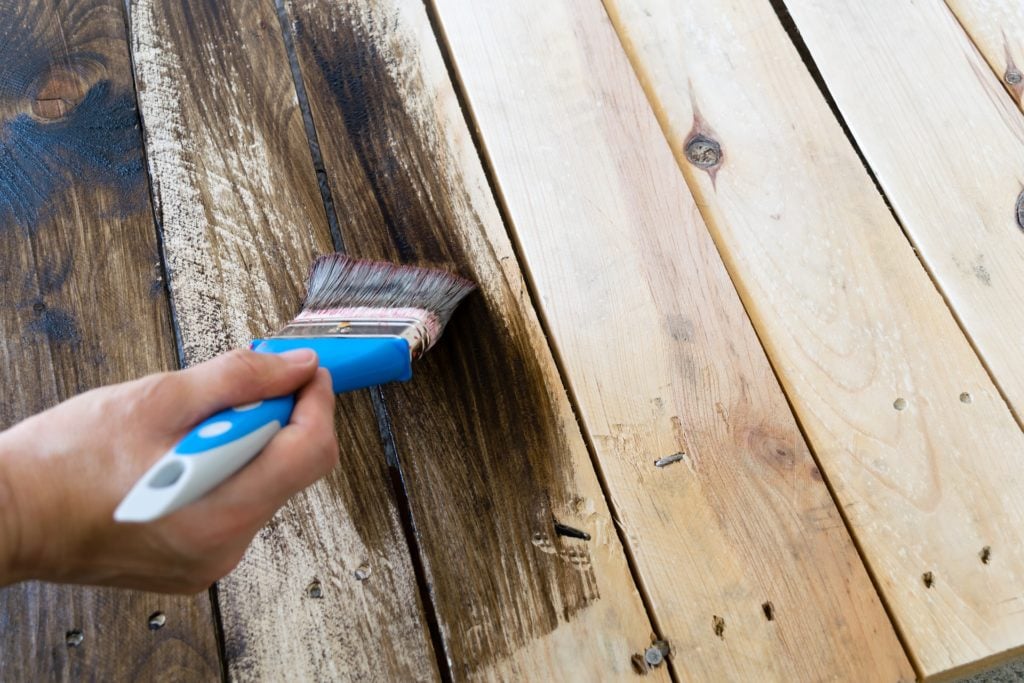
Why Is Painted Wood Toxic when it Burns?
Plain, untreated, and unpainted wood is perfect in a fire pit, fireplace, or wood stove. Slap some paint on the wood, and things take a drastic turn for the worse. That’s because indoor or outdoor paint is a mixture of several artificial chemicals, many of which are quite volatile. When you burn those chemicals, you often get chemical reactions that produce highly toxic gases. Some paint is so volatile that you don’t even need to burn it for it to cause health problems!
As bad as today’s paint can be when burned, wood painted with paint from decades ago can be even worse. From the 1940s through the 1970s, paint contained a chemical called polychlorinated biphenyls. You might know of this chemical by another name: PCB. When burned, PCBs get 100 times more toxic and can cause a wide range of health problems.
Can you Burn Primed or Stained Wood?
Primer, although different in some ways, has nearly as many toxic chemicals as regular paint, and sometimes more. Just like wood that’s been painted, wood that’s been painted with primer should not be burned around or inside your home due to toxic fumes. The same thing goes for wood that’s been stained. While the wood stain is definitely different from paint, it’s still composed of several chemicals that will create toxic smoke when burned.
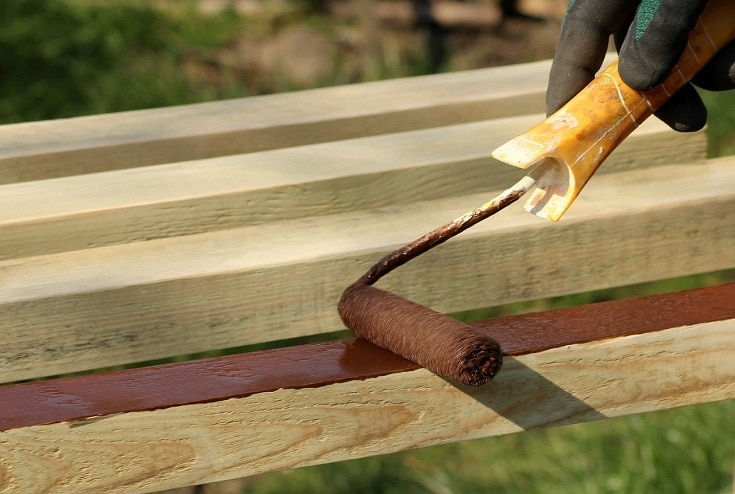
Which Other Types of Wood Should Not Be Burned?
Painted wood, as we’ve seen, shouldn’t be burned anywhere or in anything around your home. Other types of wood (and products made from wood) are very much the same and should never be burned in your fireplace, wood stove, or fire pit.
- Magazines: Like paint on wood, the paint (technically, ink) used to print magazines is highly toxic when burned. Even junk mail, postcards, and mailers can be toxic, so recycle them instead.
- Wood Pallets: You would think that, if anything, wood pallets would be great to burn. Some are, but most aren’t because they’ve been treated with methyl bromide (MB) tribromophenol and other toxic chemicals.
- Printed cardboard: Like magazines, the print on cardboard boxes can give off noxious fumes.
- Particleboard: Many types of furniture today are made with particleboard. The problem with this “wood” is that it’s held together by potent adhesives that, like many chemicals, produce toxic fumes when burned. MDF is very similar and should not be burned as well.
- Driftwood: Because driftwood is usually covered in salt, burning it can release toxic chlorine and sodium ions. In fact, some folks consider driftwood to be the worst type of wood you can burn.
What Is the Best Wood to Burn?
Wood experts will tell you that hardwoods like birch, maple, oak, or ash are the best woods to burn in your fireplace. They are better because they have much less sap than softer woods like pine, and they burn much cleaner.
Hardwood is also much more expensive than softwood, which is why so many people use softwood in their fireplaces and wood stoves. Some of the best softwoods to burn to include pine, cedar, spruce, poplar, and balsam. The upside is that softer wood leaves finer ash that’s easier to clean up. However, softwoods also leave creosote in your chimney, which is highly flammable and should be cleaned out regularly as it can cause a fire hazard.
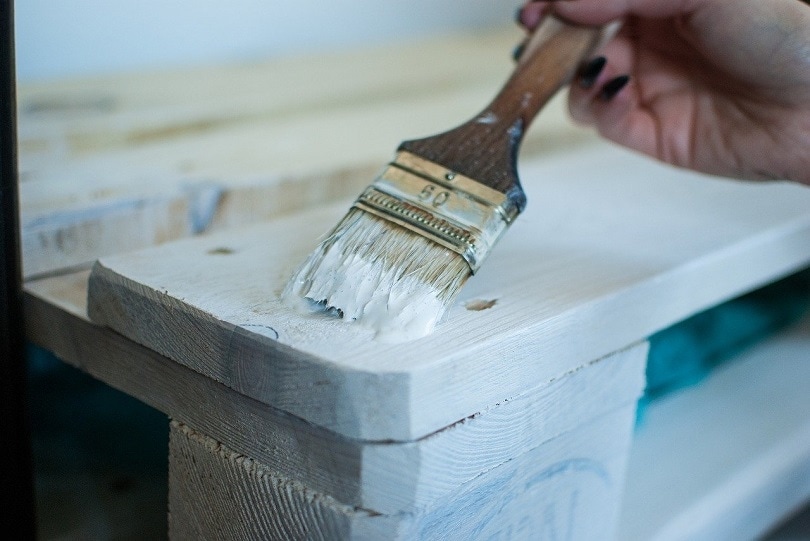
How Long Should Wood Dry before Burning?
It takes between 3 to 12 months for most types of wood to dry enough that they will burn well in your fireplace or fire pit. Some wood dries faster than others, of course, and some slower. On average, you can use 6 months as a good gauge. Anything less than that and your wood will likely still be too wet.
Also, keep in mind that hardwoods take much longer to dry than softwoods. Hardwoods are much denser than softwoods, and that density prevents them from drying quickly. A good rule of thumb with hardwoods is to let them dry for two seasons before burning.
Should Firewood Be Covered With a Tarp?
Depending on where you live, it might get rather wet at certain times during the year. For that reason, many wood-burning enthusiasts cover their wood piles with a tarp to keep them dry. While that’s a great idea, there is one caveat; don’t cover your firewood completely from top to bottom.
In order to dry completely, your firewood needs plenty of air circulation. If you cover the pile entirely, there won’t be enough air circulating to do the job. Experts recommend covering only the top of the firewood stack with a good-quality tarp and letting the sides hang down about 6 inches. Doing this will cover the top, protect your firewood sufficiently, and let it dry when the sun’s out.
How To Tell if Wood Is Dry Enough to Burn
Using dry firewood is a must if you’re itching to burn some wood in your fire pit or spark up the wood stove. The question is, how do you know if it’s dry enough? Below are a few tips to help you determine if your firewood is ready or needs more drying time.
- Dry wood weighs much less than wet wood because there’s less water in it.
- Dry wood is usually cracked all over, while wet wood is not.
- Dry wood looks “old” and faded, while wet wood looks “new.”
- Cutting into wet wood will smell fresh, while dry wood might not have any aroma.
- Dry wood has bark that falls off easily.
Final Thoughts
As we’ve seen, burning painted wood is something you should avoid. Painted wood produces toxic gases when burned that can cause a myriad of health problems, including respiratory diseases, cancer, and others. That’s because the paint is made from several chemicals which, when burned, go through a chemical reaction and become noxious fumes.
We hope the information we’ve shared today has been helpful and answered all your pressing questions about burning painted wood and which woods are best to burn.
Featured Image Credit: ucchie79, Shutterstock
Contents

